The Caucasus (slightly revised)
An earlier version of this got out with a few errors in it and missing a detail I had meant to include. Disregard the previous version (with the title from "Back in the USSR") if you have not read it yet.
Before traveling to Georgia, the picture in my mind was bleak: post-Soviet, black and white, old cars, dirty windows, smoke. All of it was wrong, except maybe for the smoke. Our home base for six days was Tbilisi, right in the old town with the wooden houses and colorful balconies. We had a massive terrace that provided a panorama of the whole city. Tbilisi has a jarring mix of the very old and the very new, going in for futuristic structures wherever possible.
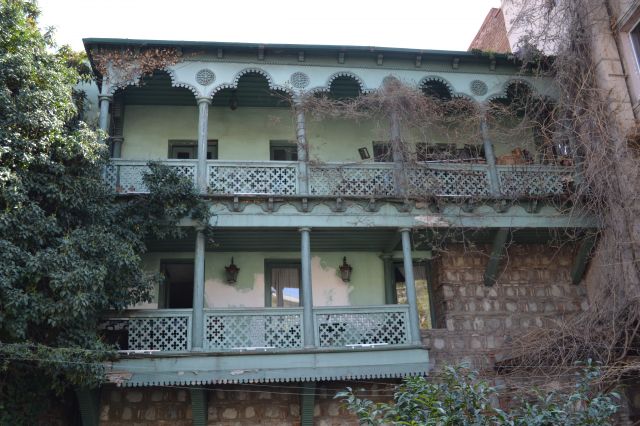
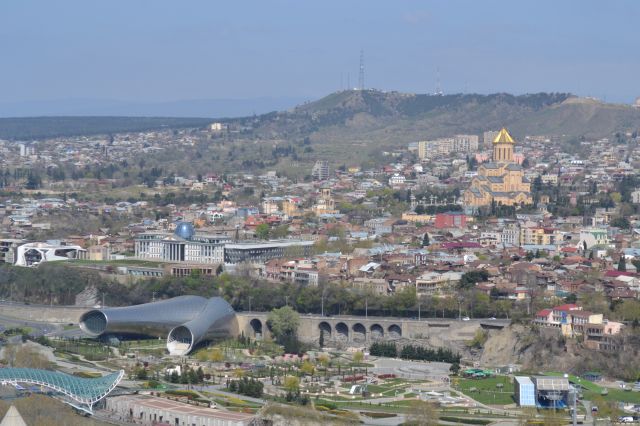
After a day spent wandering through the old town from the Meidan as far as the old city walls, we were exhausted but kept up by the bustle outside our window and the chanting of a priest well into the night, it being the eve of Orthodox Easter. Sunday morning we took the gondola up to the fortress atop the hill above the old town, which is the entryway to the botanical gardens: about 400 acres of woodland and plant collections that follow miles of trail deep into a gorge behind the hill. We walked until afternoon, crossing streams spanned by bridges, stopping at viewpoints out over the gorge.
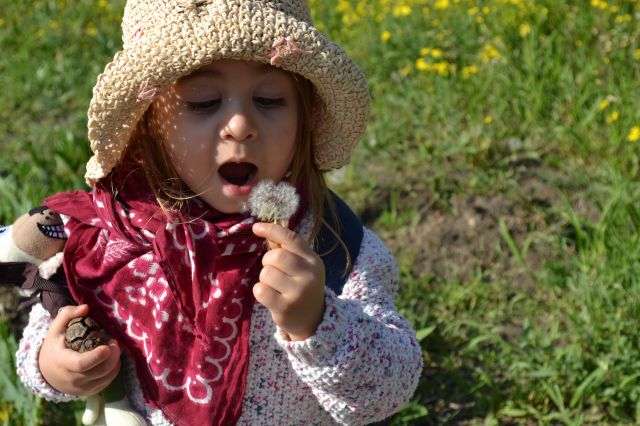
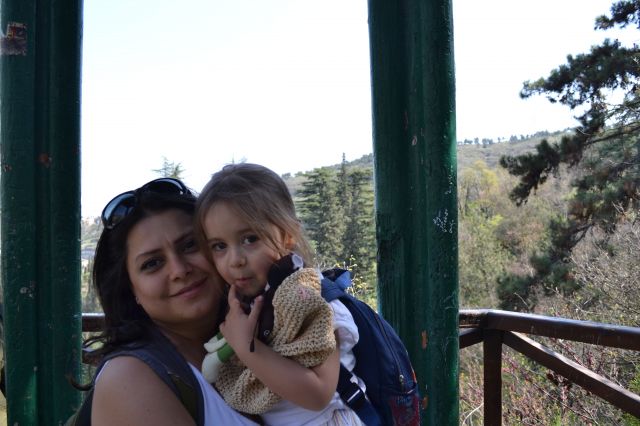
With each day we spent, I tried to wrap my thoughts around this strange country we were visiting. It felt Eastern European in a way, but almost Asian in others. Some of the architectural details included Persian flourishes. The quintessential food of Georgia, khinkali is almost like Chinese dumplings, full of meat and broth (best washed down with a tarragon-flavored soda). The alphabet with its rounded letters looks like it should belong to a Tolkienesque elf language. Even the most mundane things look mysterious in their script. On the highways you see signs for Yerevan and Baku, and then you remember you are not in Europe at all but somewhere between the Black and Caspian Seas. Another peculiarity about the country is that half the cars have steering wheels on the left and the other half on the right, which fits perfectly with Georgia's general feeling of not being quite here nor there.
Our third day we took a trip to the old Georgian capital Mtskheta with our friend Giorgi from Istanbul who met us in Tbilisi. On the way, we stopped at the 1400-year-old Jvari Monastery to take in the view of the city below. There is a unique style of church in Georgia with a conical dome, the most remarkable of which was the cathedral in Mtskheta with its green stone, looming over everything else in the city. The next day we spent an hour or two at the National Museum (where Julia was especially interested in their collection of neolithic skulls) before taking what seemed the world's longest, steepest funicular up the city's tallest hill to an amusement park on top. Julia had her first experience on a rollercoaster. We finished the day on the opposite side of the river on a long pedestrian street full of bars and cafes where I suspect few tourists ever go.
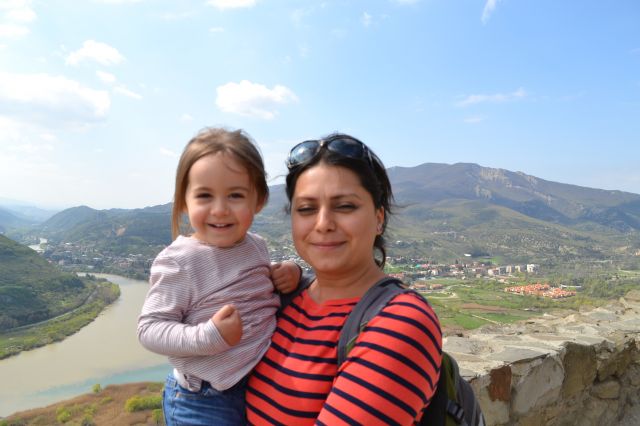
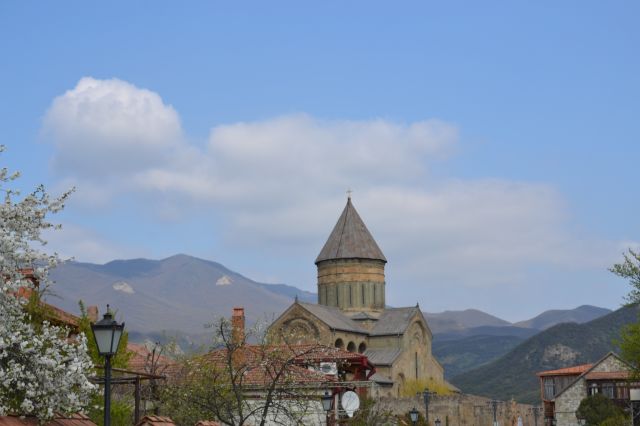
The thing that initially attracted us to Georgia and which has put the country on the map is the wine. Georgia is said to be the birthplace of wine 8,000 years ago and still maintains the most ancient method of production. Qvevri wine is made in 250-gallon clay amphorae buried in the earth with only their mouths visible. After the juice of the grapes is poured into the vessels, they are sealed with beeswax. The wine has a peculiar taste I have never found in other wine, like brick but nice. None of the additives that go into conventional European wine are used. The best of the qvevri wines I tried were the whites, which are almost orange in color. On day five, Giorgi accompanied us to Kakheti, the wine region near the border of Azerbaijan. We stopped in the town of Sighnaghi and walked the old city walls and poked around the old cobblestone lanes. I was sold a goat-hair hat worn by the Svan people by an old woman who spoke to me in Russian and insisted that I look in the zerkalo (the one word I know: mirror).
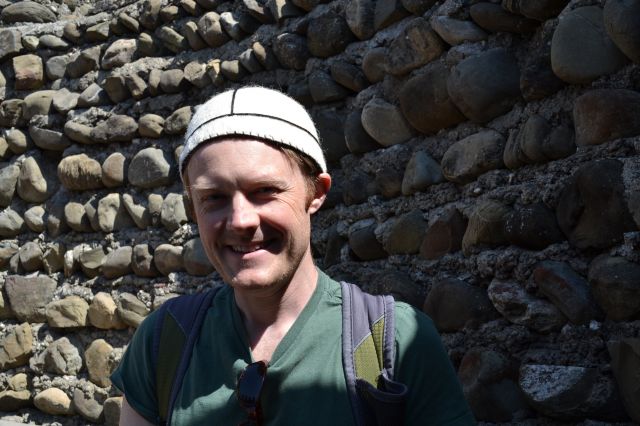 A young woman was selling homemade wine in plastic bottles and pouring it into little clay bowls for people to try. After Giorgi spoke to her for a few minutes, she invited us into her basement to see her family's home wine operation. There were two massive clay qvevri and a bunch of the 5-gallon plastic water jugs we use in Turkey for drinking water. Later we visited the tasting room of the region's most famous winery and were given a tour of their original facility (they had since moved on to something much larger in the nearby countryside). I had mixed feelings about this place, run by a Georgian-American couple. They really knew how to package their product and give visitors a memorable tasting experience, but I felt like things cost about triple their normal price. They finished the tasting with Georgia's most heinous product, a drink made from the leftover grape skins called chacha. One shot later I was ready to fork over large sums of cash for a few bottles of wine.
A young woman was selling homemade wine in plastic bottles and pouring it into little clay bowls for people to try. After Giorgi spoke to her for a few minutes, she invited us into her basement to see her family's home wine operation. There were two massive clay qvevri and a bunch of the 5-gallon plastic water jugs we use in Turkey for drinking water. Later we visited the tasting room of the region's most famous winery and were given a tour of their original facility (they had since moved on to something much larger in the nearby countryside). I had mixed feelings about this place, run by a Georgian-American couple. They really knew how to package their product and give visitors a memorable tasting experience, but I felt like things cost about triple their normal price. They finished the tasting with Georgia's most heinous product, a drink made from the leftover grape skins called chacha. One shot later I was ready to fork over large sums of cash for a few bottles of wine.
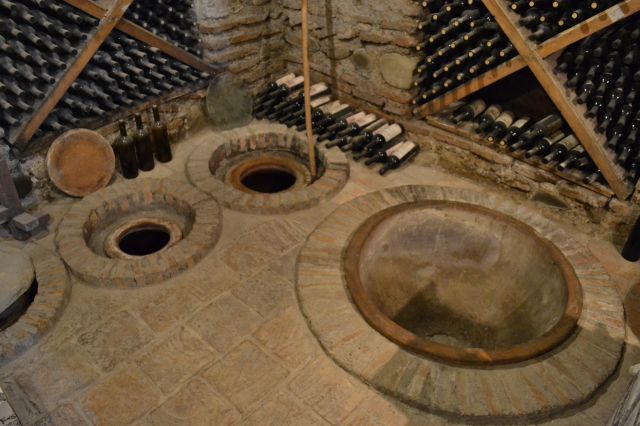
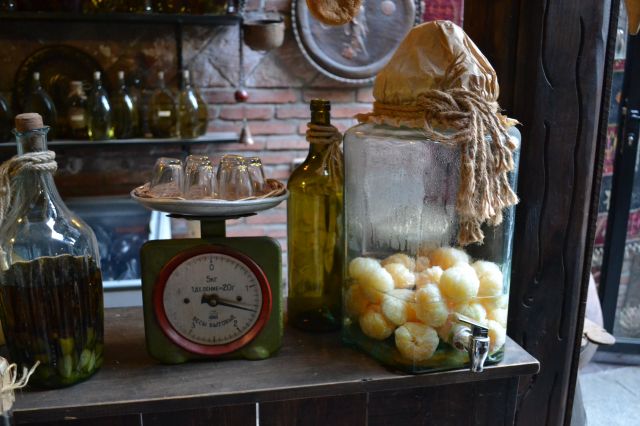
It's a beautiful country, Georgia: the snow-capped mountains in the distance, the sunlight, the old wooden houses with a their oddly ornate balconies, the conical domes of the churches, the green glow of the tarragon soda and the amber glow of the wine. The old Yugos and the Soviet buildings were probably there somewhere, but if so I hardly noticed them.